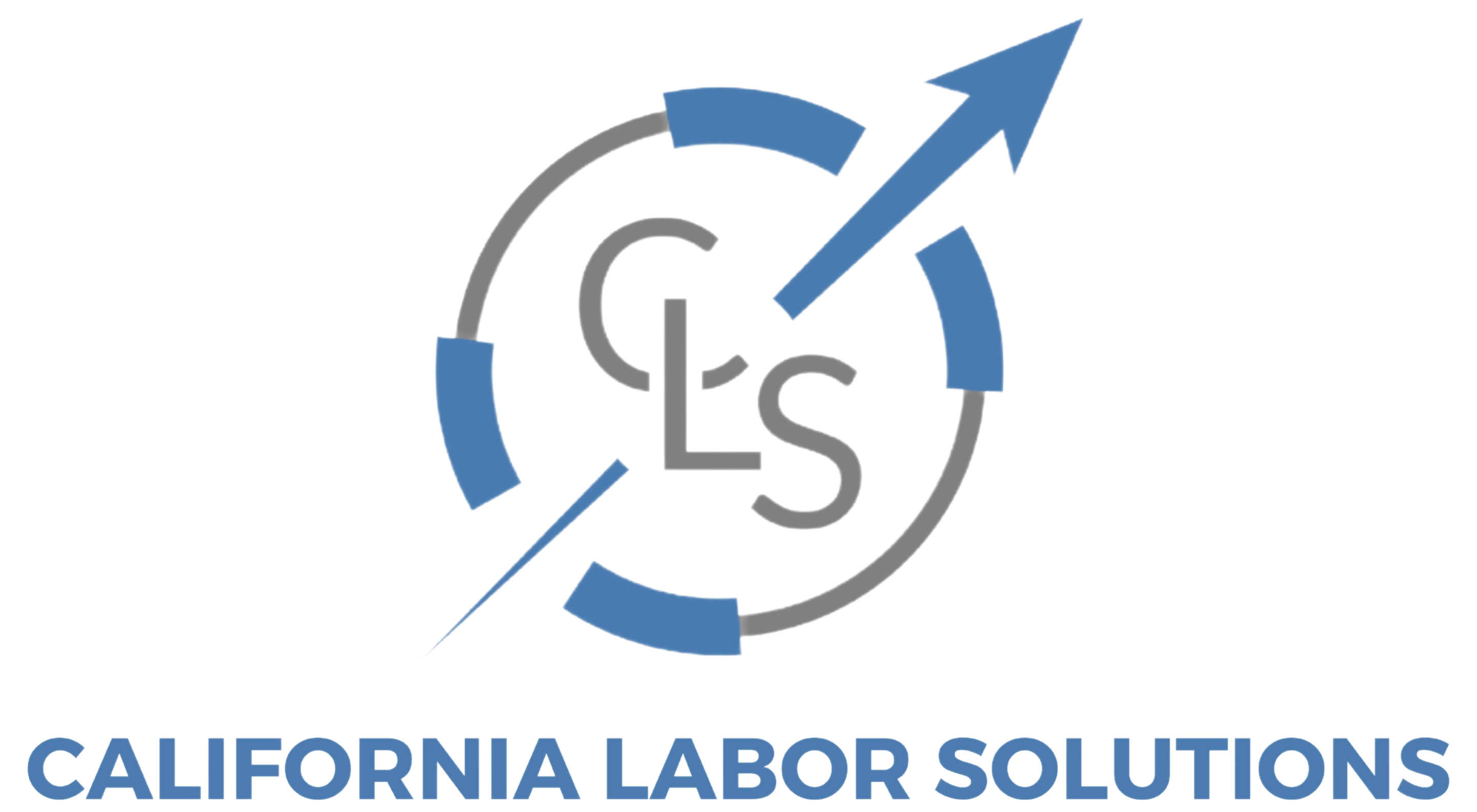Understanding the relationship between California and unemployment is essential for both employers and workers. The state’s unemployment laws, benefits, and responsibilities differ from those in other states, and keeping up with California’s specific requirements helps businesses stay compliant and workers access the support they need. Whether you’re navigating layoffs, responding to claims, or planning workforce changes, it’s important to know how unemployment insurance works in California.
What Is California Unemployment Insurance?
California’s Unemployment Insurance (UI) program is a joint state and federal initiative that provides short-term wage replacement benefits to workers who lose their jobs through no fault of their own.
Key Points for Employers:
-
Employers are required to pay into the state’s UI fund through payroll taxes.
-
The Employment Development Department (EDD) manages unemployment claims and tax collection.
-
Employers must respond promptly and accurately to EDD requests to avoid penalties and ensure fair decisions.
Key Points for Employees:
-
Workers must meet eligibility requirements, including sufficient prior earnings and availability for work.
-
Benefits are based on a worker’s earnings over a 12-month base period.
-
Individuals can apply for benefits online through the EDD website.
Common Scenarios That Trigger Unemployment Claims
The connection between California and unemployment comes into focus when employment status changes unexpectedly. Here are several situations where unemployment benefits may come into play:
-
Layoffs due to downsizing or restructuring
-
Workplace closures or seasonal shutdowns
-
Reduction in hours
-
Employee quits for good cause (e.g., harassment, unsafe work conditions)
In each of these cases, it’s important for employers to document the circumstances clearly and communicate them to the EDD to ensure proper handling of claims.
Employer Responsibilities
When dealing with unemployment claims in California, employers must:
-
Report employee separations and reasons for termination accurately.
-
Respond to EDD information requests in a timely manner.
-
Maintain payroll and tax records for auditing and compliance.
-
Avoid retaliation if an employee files a legitimate claim.
Failing to meet these responsibilities can lead to increased UI tax rates, fines, or legal issues.
Tips for Employees Filing for Unemployment
If you are an employee navigating unemployment in California:
-
File as soon as you lose your job or have your hours reduced.
-
Keep detailed records of your job search and availability for work.
-
Understand the weekly certification process required to keep receiving benefits.
-
Stay informed about temporary programs or extensions, especially during economic downturns.
How California Labor Solutions Supports Employers
Navigating California and unemployment isn’t always straightforward. At California Labor Solutions, we assist employers in managing all aspects of workforce changes, including handling layoffs, responding to unemployment claims, and reducing legal risk.
Our services help ensure that:
-
Termination policies are legally sound.
-
HR documentation supports employer decisions.
-
Unemployment response procedures are consistent and compliant.
For expert guidance on HR compliance, employee separation, and unemployment claim management, visit www.californialaborsolutions.com.

